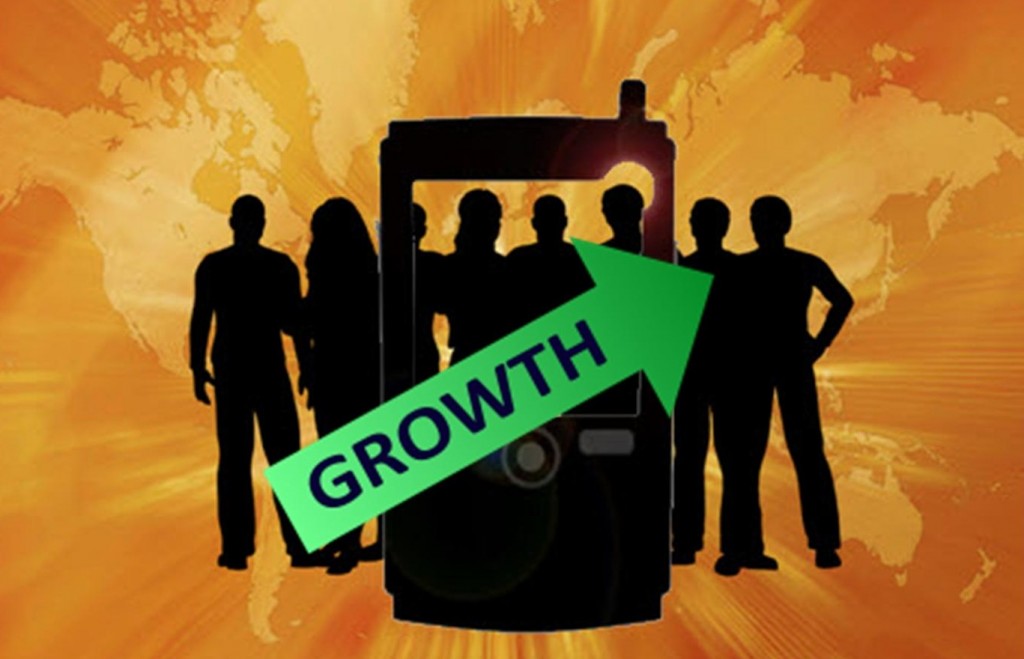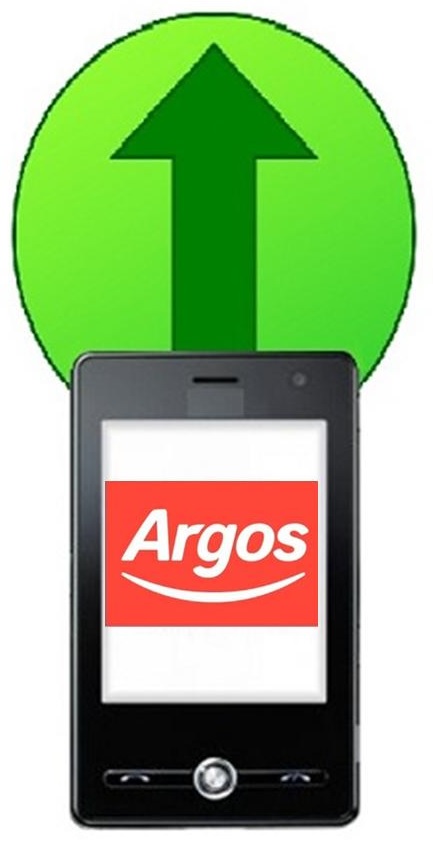The same report that provided this insight also forecasted the importance of mobile commerce.
As the third quarter showed that online retail experienced a year over year increase of 13 percent, a growth rate that is notably higher than the overall retail environment, mobile commerce is rising approximately twice that fast, and social media marketing is playing an important role in that growth.
Both of those two factors will be making a considerable impact on the decisions and habits of holiday shoppers.
At the same time, the importance of social media marketing and of mobile commerce will also represent some massive changes in the way that consumers are informing themselves and spending their money throughout the holiday shopping season. This, according to comScore, a digital measurement and analytics provider.
comScore revealed its latest social media marketing data and predictions at a recent webinar.
 Its predictions regarding the impact of social media marketing on the decisions that shoppers are making, and of the impact of mobile commerce throughout the holiday season were shared at the U.S. Online Retail Economy Q3 2013 webinar.
Its predictions regarding the impact of social media marketing on the decisions that shoppers are making, and of the impact of mobile commerce throughout the holiday season were shared at the U.S. Online Retail Economy Q3 2013 webinar.
There, it was explained by the comScore vice president of marketing and insights, Andrew Lipsman, who was also a panelist, that the top themes that were coming into their own in this year’s busiest shopping season are “what I call the 4 S’s – social commerce, smartphones, sit-back shopping, and showrooming.” In terms of social media marketing, he pointed out specifically that the influence of Pinterest is growing and that the usage of this network is increasingly based on smartphones and tablets.
Aside from the importance of social media marketing over Pinterest, Twitter was also identified as being “important”. That said, when it comes to building brands, Lipsman stated that Facebook is maintaining its dominant position.
Social media marketing in order to encourage offline, electronic, and mobile commerce was shown to have three primary benefits, which include engagement, amplification and fan reach. This can play a very important role in a retailer or brand’s ability to communicate with consumers and encourage them to buy. At this time of year, this can make this technique a vital part of success.

 Within the half year period, Homebase saw a growth in its own multichannel sales by 28 percent. Both of those companies are owned by Home Retail Group. Overall, that organization saw a rise in sales of 3 percent, reaching £2.6 billion within the 26 weeks that ended on August 31. This includes the figure contributed by mobile commerce.
Within the half year period, Homebase saw a growth in its own multichannel sales by 28 percent. Both of those companies are owned by Home Retail Group. Overall, that organization saw a rise in sales of 3 percent, reaching £2.6 billion within the 26 weeks that ended on August 31. This includes the figure contributed by mobile commerce.